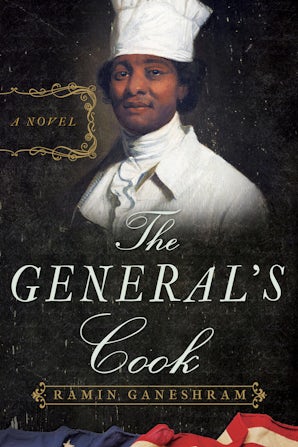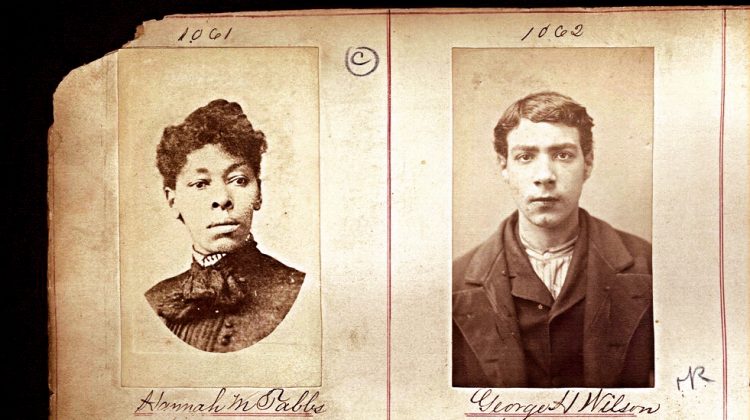Sigrid Johnson Was Black. A DNA Test Said She Wasn’t.
The New York Times Magazine
2018-11-19
Ruth Padawer

Sigrid E. Johnson this year. Illustration by Jules Julien |
The surge in popularity of services like 23andMe and Ancestry means that more and more people are unearthing long-buried connections and surprises in their ancestry.
I.
Three years ago, when Sigrid E. Johnson was 62, she got a call from a researcher seeking volunteers for a study on DNA ancestry tests and ethnic identity. Johnson agreed to help. After all, she and the researcher, Anita Foeman, had been pals for half a century, ever since they attended the same elementary school in their integrated Philadelphia neighborhood, where they and other black children were mostly protected from the racism beyond its borders. Foeman, a professor of communication at West Chester University in Pennsylvania, asked Johnson to swab the inside of her cheek and share her thoughts about her ethnic and racial identity before and after the results came back.
Johnson’s father, a chauffeur who later became a superintendent at a housing project in North Philadelphia, had a golden-brown complexion. Her mother, who said her own father was a white Brit and her mother was half African-American and half Native American, was light-skinned. People sometimes mistook Johnson’s mother for white, and when she applied for seamstress jobs at department stores in the 1920s and ’30s, she chose not to correct them.
Sigrid, who had light caramel skin, was their only child, and her parents, Martha and Frank Gilchrist, doted on her. In grade school, she prayed each night for an older brother, someone who would be fun to play with and would look after her, as her friends’ brothers did with their siblings. When she wasn’t busy with ballet and piano lessons, she caught lightning bugs and played dolls, hopscotch and jump rope with nearby friends. The neighborhood, West Mount Airy, was a tree-lined community, one of the first in the nation to integrate successfully. It was populated mostly by middle- and upper-class people, including many African-American professional men who had fair-skinned wives and children whose complexions matched their mothers’.
Johnson doesn’t remember her parents talking much about race, except when her father made it clear that he expected her to marry a black man. But even without that explicit talk, she was immersed in the highs and lows of black life. Her cousin, a surgeon named William Gilchrist Anderson, lived in Albany, Ga., where he led a large coalition of activists in the early 1960s to desegregate public facilities. A friend and classmate of Ralph Abernathy, Anderson persuaded the Rev. Dr. Martin Luther King Jr. to participate in the city’s demonstrations, which Johnson remembers she and her parents sometimes joined. During the family’s trips to visit her cousin in Georgia, Johnson saw water fountains that said “Whites Only.” And she still remembers the night that a giant cross burned near her cousin’s front yard and how he swept her and everyone else out of the house and put them all up in a hotel…
As a young teenager, Johnson pestered her mother about what it was like to give birth to her — a query her mother always dodged. But when Johnson was 16, her mother broke down and said through tears that they adopted her when she was an infant. Her mother explained that Johnson’s biological father was black and that her biological mother was a white Italian woman who said she couldn’t keep the baby, who by then was 2 or 3 months old. The woman, who lived in South Philadelphia, had explained that she already had several children, all of whom were blond, and that her white husband didn’t want another man’s child raised in his home, not least of all one whose color so boldly announced that fact. Johnson’s mother said the woman came to see the baby for about a year, until she asked the woman to stop visiting because she didn’t want Sigrid to find out she was adopted. Johnson teared up as she recounted the conversation with her mother that took place 49 years ago. “The news — all of it — was crushing,” Johnson told me. “To this day, I honestly wish she had never told me. I wanted my mom to be my mom.” Neither one ever broached the subject with the other again.
So when Anita Foeman requested that she take a DNA test, Johnson figured it was no big deal: She was half African and half Italian. “I knew what the results would show when they came back — that is, until the results actually came back.”…
Read the entire article here.




